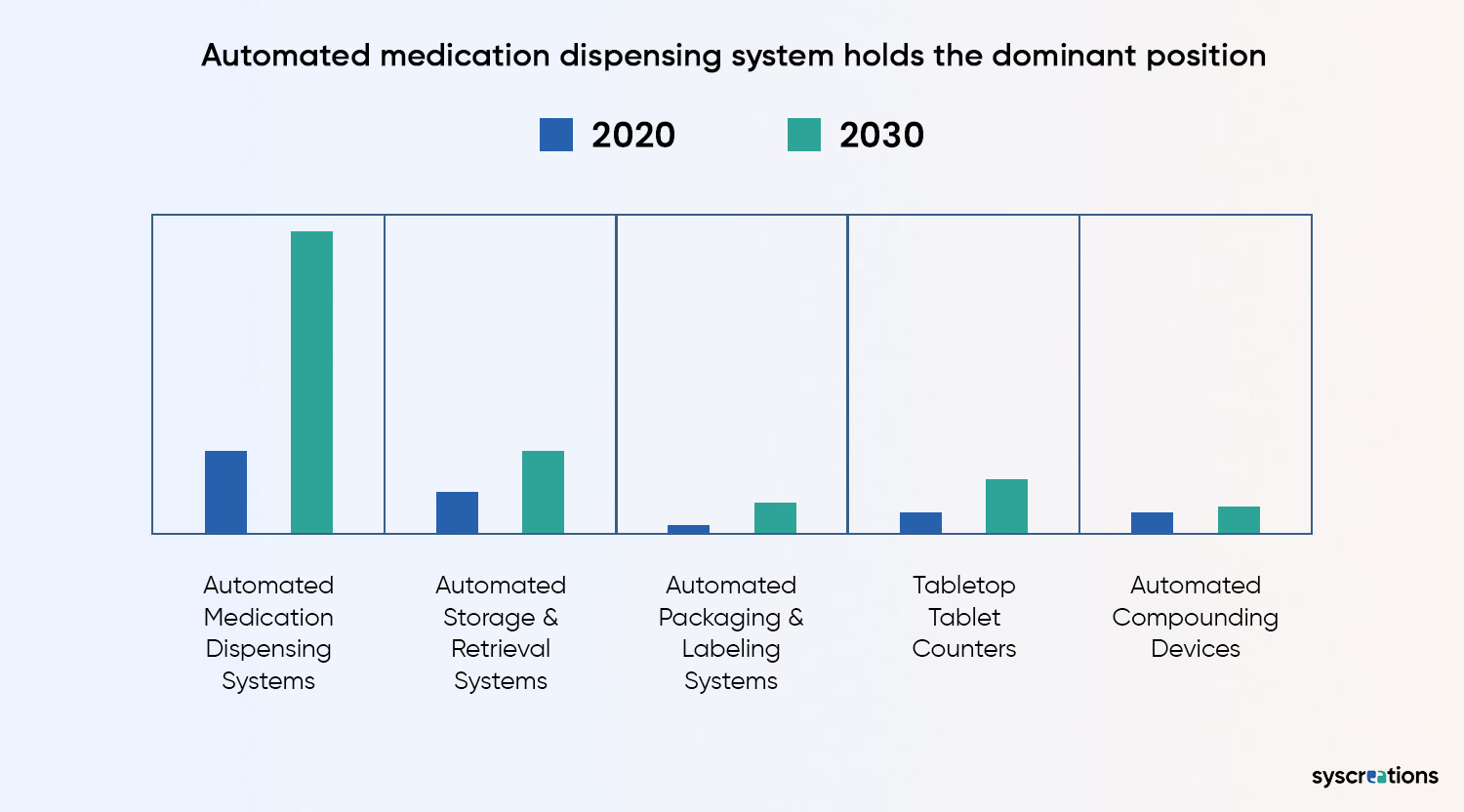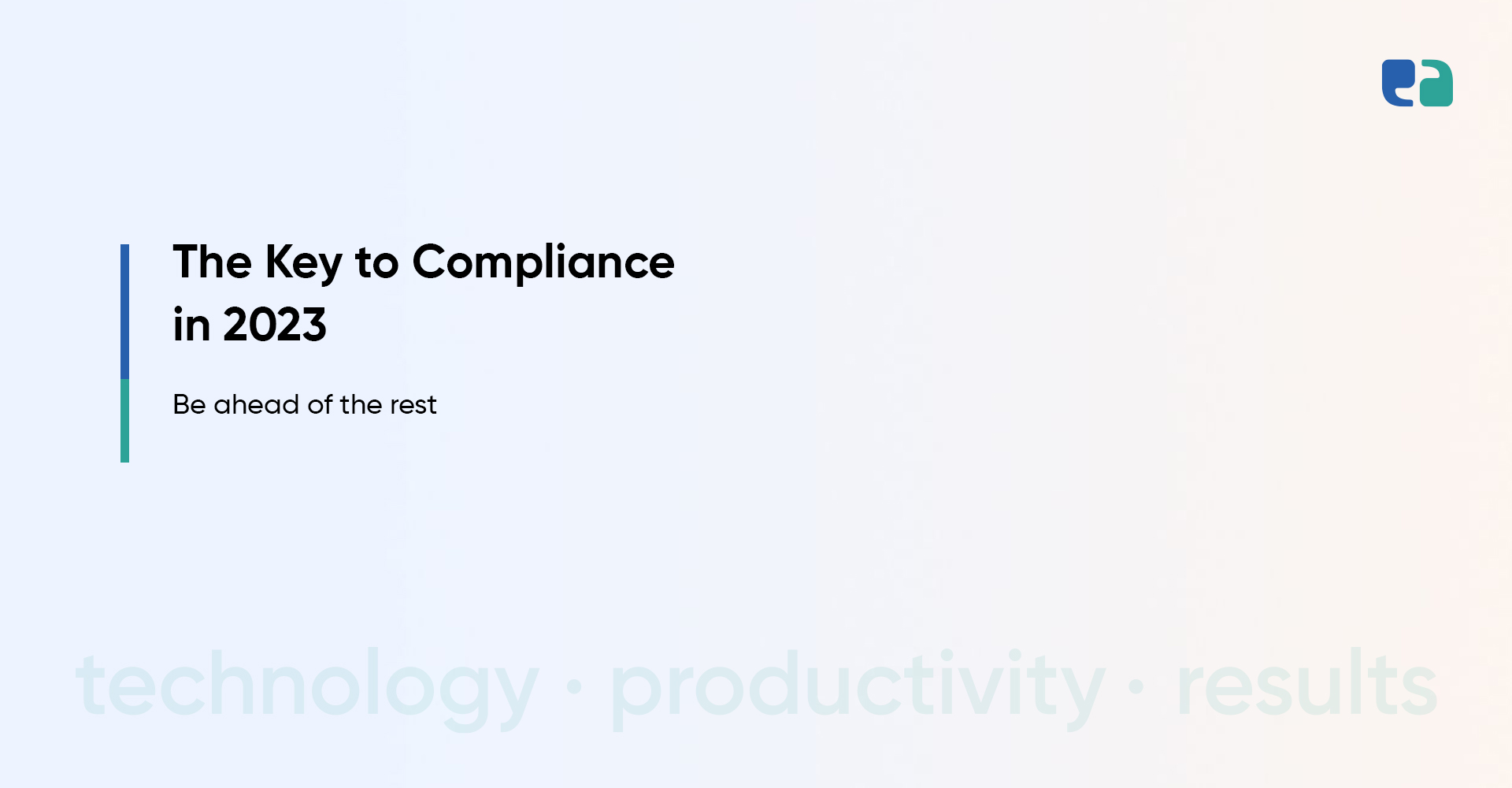The pharmacy industry has witnessed a significant rise in the adoption of automation technologies to streamline operations and enhance patient care.
Pharmacy automation has revolutionized how medications are dispensed, managed, and monitored, improving efficiency, accuracy, and safety in the pharmacy workflow.
The Growth of Pharmacy Automation
According to a recent study by industry experts, the pharmacy automation market is projected to experience substantial growth in the coming years.
The growth of pharmacy automation is driven by factors such as
- The rising global demand for efficient medication management
- The need to reduce medication errors
- The growing emphasis on patient safety and regulatory compliance
Pharmacy automation encompasses many technologies, including
- Robotic dispensing systems
- Automated storage and retrieval systems
- Medication packaging and labeling systems
- Electronic medication administration record (eMAR) systems
According to Allied Market Research, the pharmacy automation system market was $5001 Million in 2020.
The market is expected to grow at a CAGR of 8.3% from 2023, reaching $11211 Million by the end of 2030.

Pharmacy automation is mainly used to fit and direct medicines methodically.
Benefits of Pharmacy Automation
The Challenges in Pharmacy Automation
Though pharmacy automation offers numerous benefits, it has a few challenges that need to be addressed for implementing it successfully.
Mitigate Challenges and Maximize the Benefits
Your pharmacy can adopt several strategies to successfully overcome the challenges associated with pharmacy automation.

Pharmacy Automation can open doors for improved patient satisfaction by giving a new dimension to your pharmacy workflow.
Unlock The Full Potential of Pharmacy Automation with Our Solutions
Who are we?
We’re an Ontario-based healthcare IT company.
We’ve become experts in the healthcare industry with a working experience of almost a decade.
We’re dominating the Canadian and USA healthcare industries with our experienced and dedicated healthcare-focused IT team which includes
- RPA engineers
- UI/UX designers
- Web and app developers
- QA engineers
- Compliance specialists
- Business analysts
Fill out the form by clicking on the contact button to get in touch with our team.
Our team will actively listen to your requirements as every business is unique and so are the requirements.
We deliver the most promising healthcare IT solutions as we ensure fulfilling every requirement of your business.



